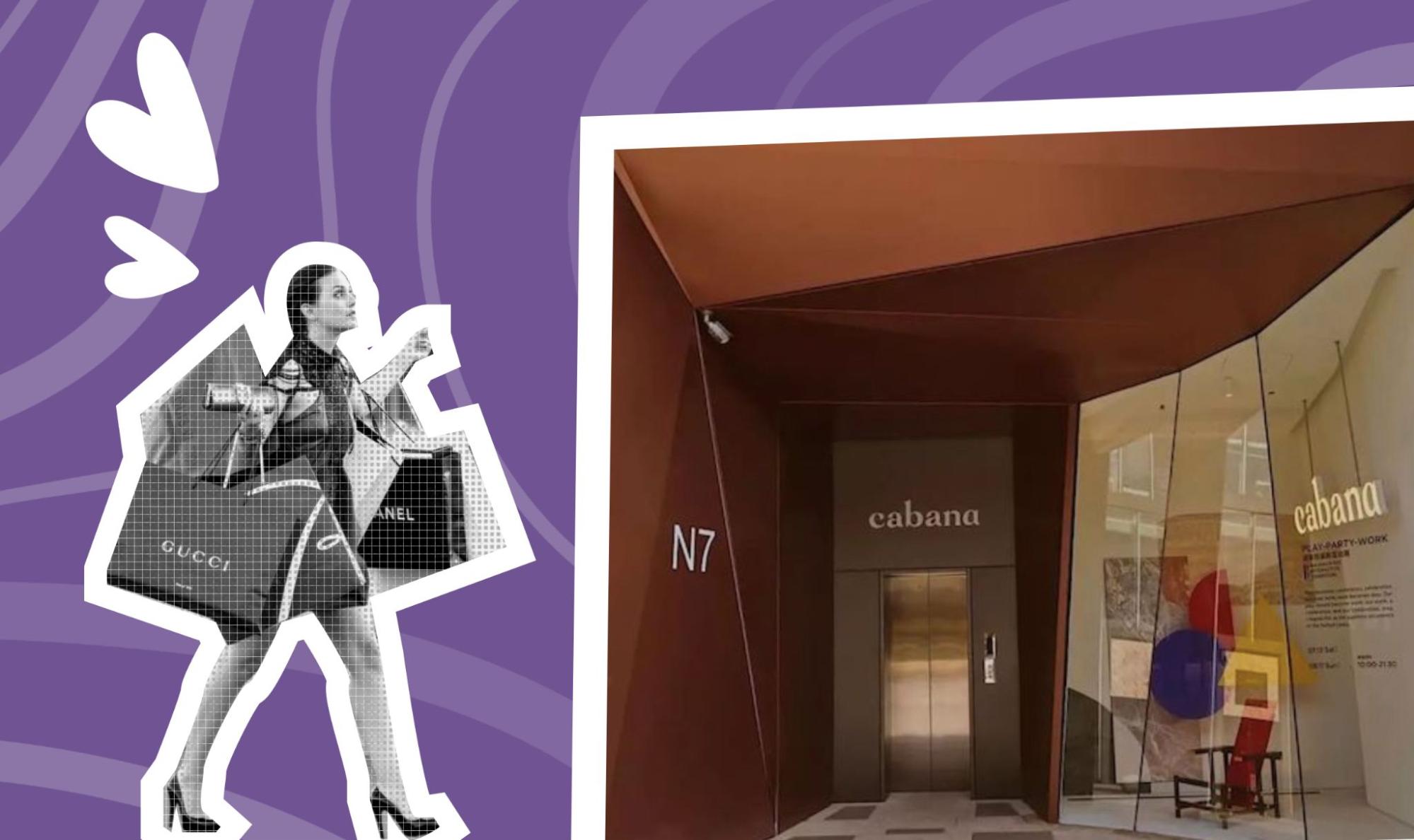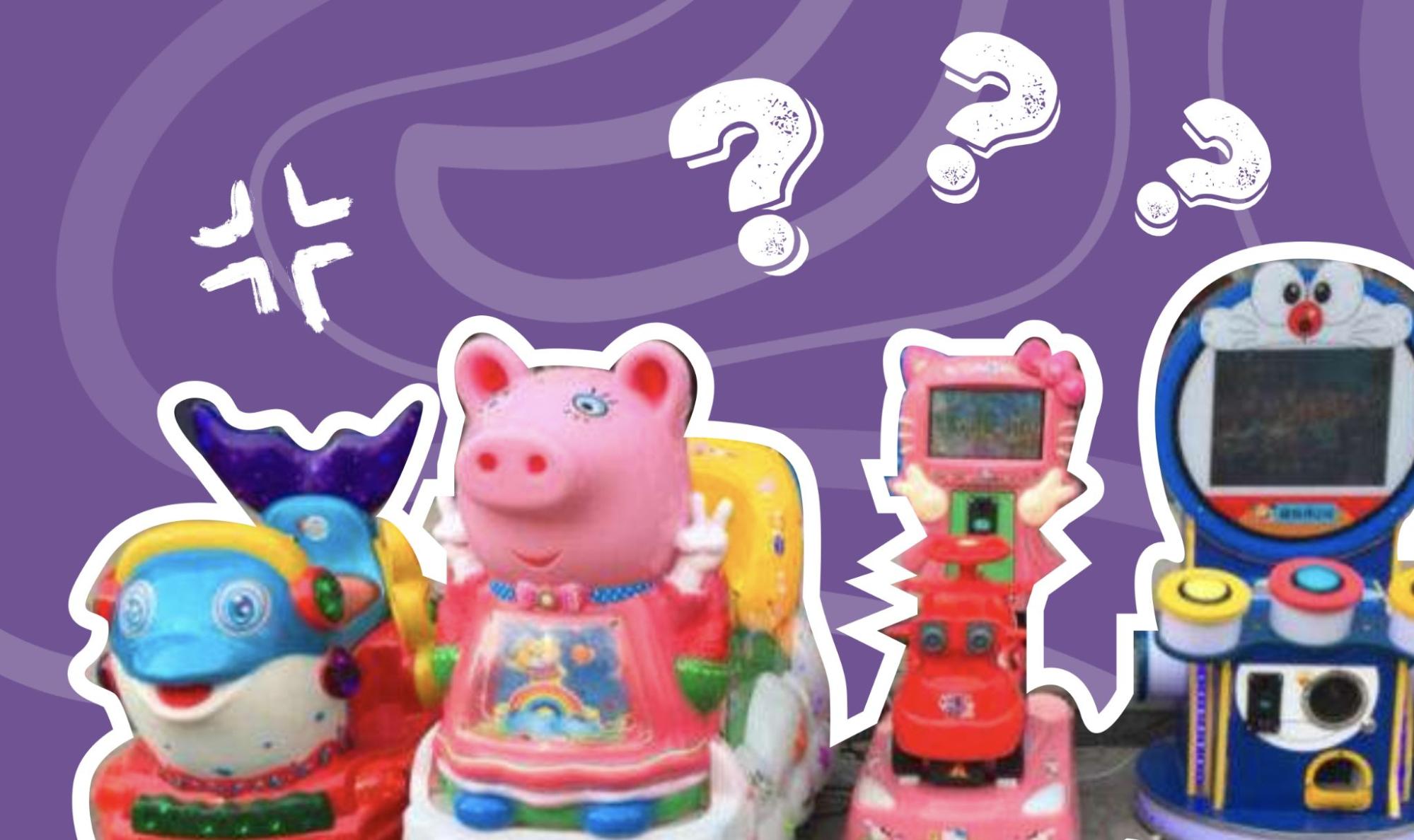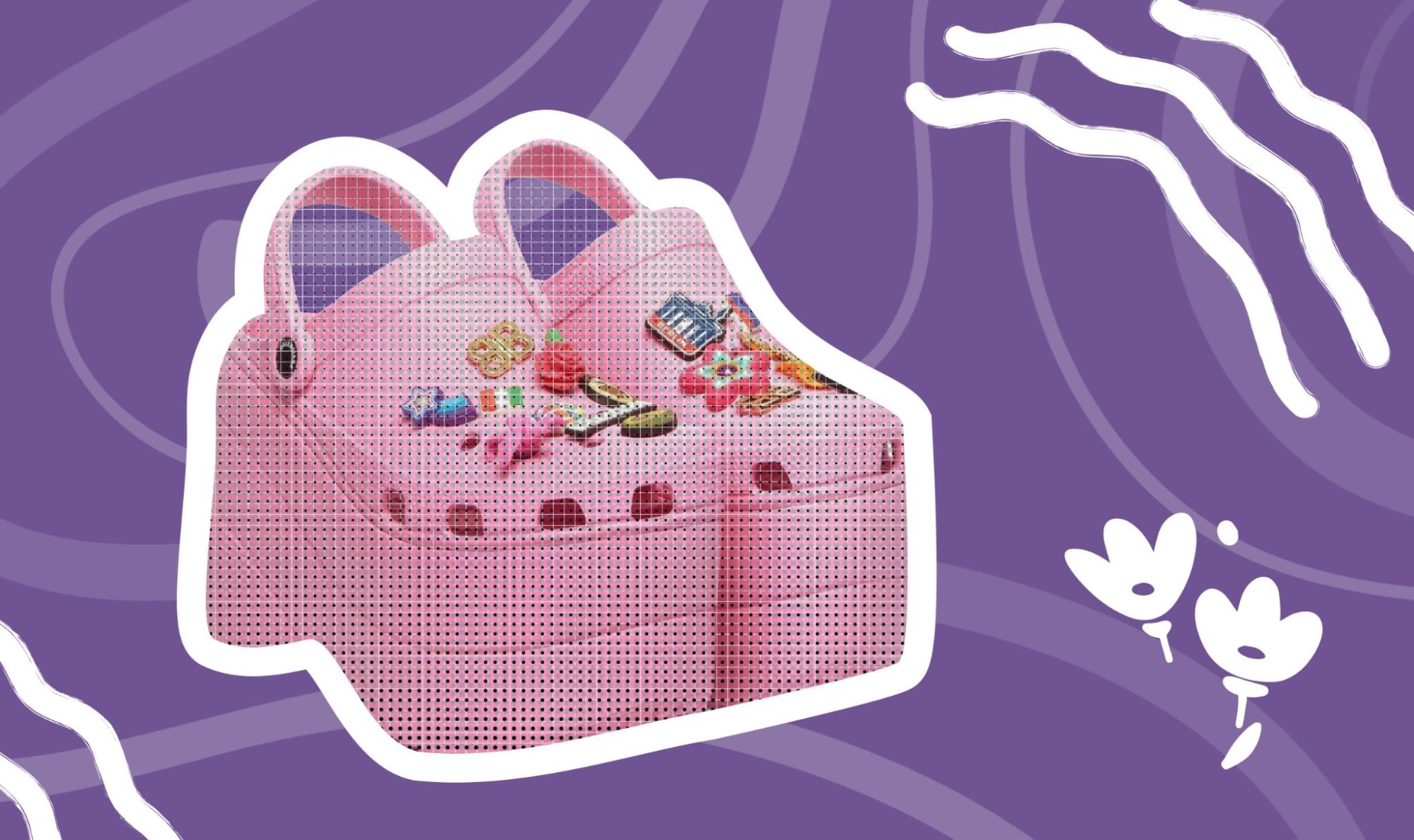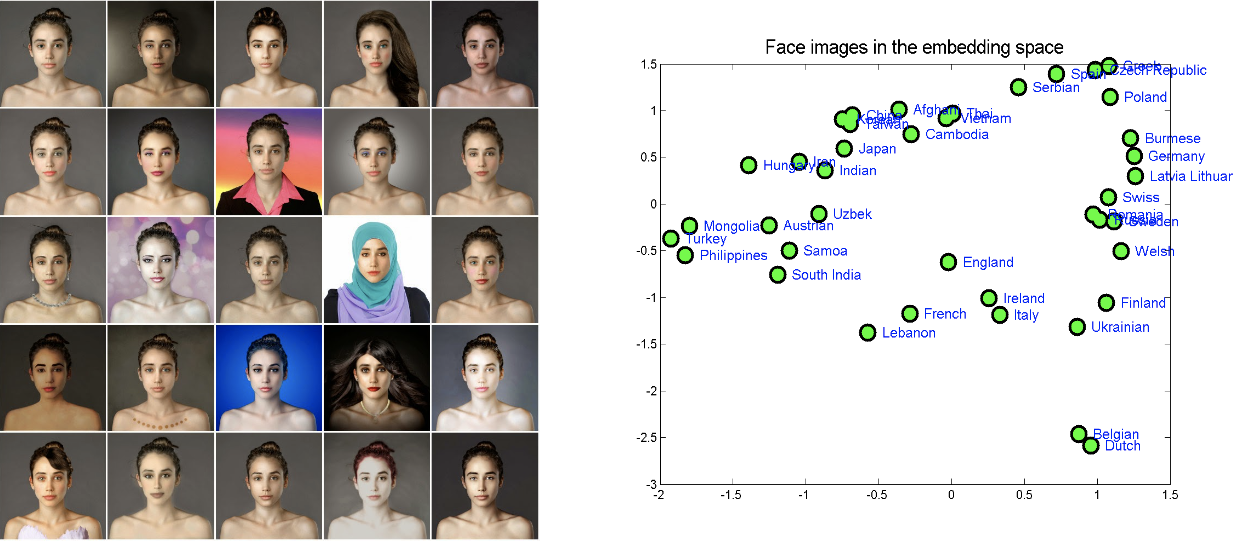New retail: what is consumer aesthetic orientation?
French Enlightenment thinker Voltaire said in On Beauty, "If you ask a male toad: what is beauty? He will answer that beauty is his female toad, with two large round eyes protruding from a small head, a wide and smooth neck, a yellow belly, and a brown back." If someone exchanged his female toad for a colorful butterfly, the male toad would be disappointed because the toad's definition of beauty and ugliness are relatively narrow and limited, just as it is for us people.
However, one constant throughout the ages is that “ugliness” means breaking existing beauty standards. For the retail industry and consumers, it is exactly by being willing to challenge the social aesthetics of the times and introduce controversial and visually striking designs that these brands can enhance their image and market value. This is also how to break through, innovate and reshape the human aesthetic system.
Consumer aesthetic orientation is people's appreciation of the beauty of objects and their interest in them, which is influenced by their culture, environment, the market and other factors.
Nowadays, more brands are capturing the market and expanding their influence by consciously guiding consumers' beauty-seeking behavior. Taking the famous home retail brand Cabana as an example, its founders Demos and Chel aptly identified that the home aesthetics of the post-80s generations are vastly different from that of their parent's generation due to the influence of online media. As a result of these changing personal aesthetics, traditional furniture stores find it increasingly difficult to meet the younger generation’s consumption needs, so that consumers no longer know where to go to buy furniture that reflects their taste. So Cabana has been playing the role of educating the market and cultivating consumers' home consumption aesthetics since its establishment. When Cabana opened its first flagship store in Sanlitun, Beijing in 2019, the team did not rush to sell its products, but instead launched monthly exhibitions, forums, workshops and other activities centered on aesthetics. Giving customers a basic aesthetic education resulted in gaining customers.


New thinking - consumer aesthetic perception
Different perceptions of beauty and ugliness among different consumer groups
Aesthetic perceptions can be very different among different groups based on age, gender and physical ability. Understanding what creates these different perceptions is very valuable to be able to further explore consumer aesthetics for the future of retail. For children, an "ugly" and crudely made kids' electric ride is still attractive enough to grab their attention, because visuals are not their primary concern for this kind of activity. The music they recognize from their favorite cartoons will attract them more.


Although aesthetics themselves have no age, there is a label of "middle-aged and elderly aesthetics." The middle-aged and elderly like to wear bright scarves and use exaggerated emojis because they require more stimulation than younger people, so they are only influenced or feel pleasure when we repeatedly present flashing visual stimuli in bright colors or with a certain frequency (Droit-Volet et al., 2022).
For younger people, their perception of beauty and ugliness reflects the nature of contemporary social relationships, and 'ugly' is more like a simple and direct expression or an attitude towards life. Crocs are not trying to flatter the masses, but instead focus on attracting a group of consumers that share their value identity.
So in a way, the attributes of the goods we buy are the social labels we expect.


For the disabled, a beautiful design might mean an inclusive, accessible, safe and stable design.
Discussing beauty and ugliness should never be limited to appearance or visual expression, instead, we should consider the aspects of function, structure, sensation and emotion.
Different perceptions of 'beauty' and 'ugliness' across cultures and ethnicities
The perception of beauty varies from region to region, culture to culture and ethnicity to ethnicity. In a project to visually represent this phenomenon, a journalist named Esther Honig published a feature called 'Before & After', in which Esther took a selfie, contacted 40 Photoshop industry experts from over 25 countries, and made a simple request - "Make her beautiful" (see the image below). A researcher used local linear embedding (a scientific analysis method to visualize data) to embed these high-dimensional features into a two-dimensional space to compare these 'beautified' images and discovered some interesting findings. For example, the faces of East Asians can be found in the upper middle of the diagram; China, Korea and Japan are close to each other; Thailand and Vietnam are also very similar; European countries can be found in the lower half of the diagram, and the Netherlands and Belgium are geographically close and have similar faces.


Image credit: 'Before & After' feature by Esther Honig
Consumers' aesthetic preferences offer a strong reflection of their cultural background. The United States is the world's leading cosmetics producer, but the first batch that they sent to Japan was considerably overstocked and sold very little. Market research revealed that the underlying reason for the lagging sales of American cosmetics was a clash between the traditional aesthetic orientations of the two countries. In American society, only the wealthy have free time to swim and sunbathe, so darker skin is thought to be a sign of beauty and health. As a result, manufacturers have made it a habitual market practice to offer cosmetic products in slightly darker colors. In Japanese culture, however, the symbols of beauty are the year-round snow-covered Mount Fuji and the mesmerizing white cherry blossoms. The Japanese Yamato people admire the color white, and their concept of beauty is white skin. This dominant consumer aesthetic in Japanese society determined the fate of American cosmetics in the Japanese market.
In the next part, we’ll focus on China’s aesthetic principles and the future of retail in China and elsewhere.
Disclaimer: The statements and opinions expressed in this article are those of the author(s) and do not necessarily reflect the positions of Thoughtworks.


















